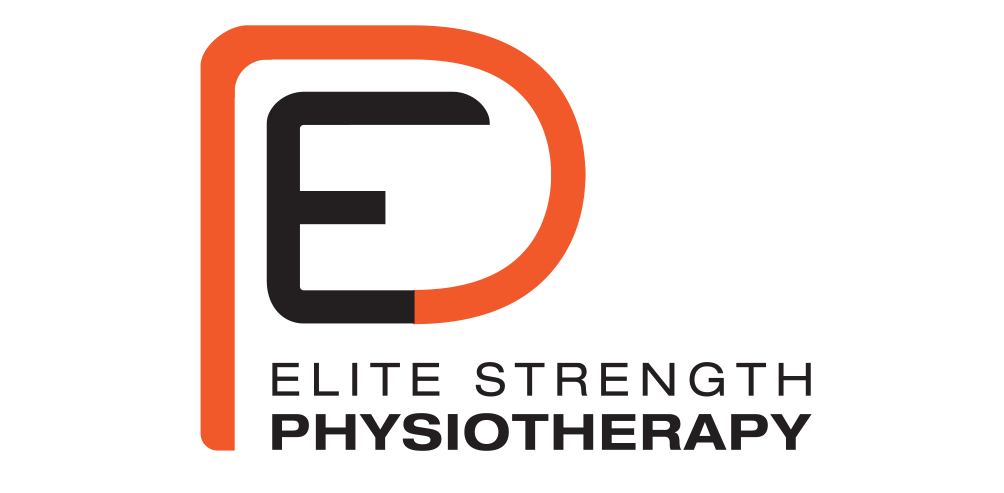
Calf Pain
Calf pain is a common complaint for many athletes and recreational exercisers. Whether you’re an experienced runner, a weekend warrior or just beginning an exercise program, calf pain can be debilitating and hinder your fitness goals. Fortunately, with the right knowledge and intervention strategies there are effective ways to manage calf pain.
Physical therapists have an array of tools to offer when it comes to combatting calf pain. First and foremost they will assess the individual’s movement patterns and muscle imbalances to determine what exercises are appropriate for them. They may also recommend foam rolling or massaging the area in order to reduce tension that has built up in the affected muscles and connective tissue.
Causes of Calf Pain
Calf pain is a common condition suffered by people of all ages. It can be caused by a variety of factors, ranging from specific medical conditions to physical activity and injuries. Knowing the causes of calf pain can help you identify the best strategies for remedying it and avoiding further discomfort.
The most frequent causes of calf pain include muscle imbalances brought on by overuse or poor posture, tendonitis due to repetitive strain or sports activities, nerve damage resulting from a herniated disc or pinched nerve in the spine, circulation problems such as deep vein thrombosis (DVT), and inflammatory diseases like arthritis. In some cases, calf pain may also be linked to diabetes or hormonal issues.
Fortunately, there are various treatments available to help relieve the symptoms associated with calf pain.
Physiotherapy Treatment Options
Calf pain can be an incredibly annoying and difficult condition to deal with, particularly when it is persistent. Fortunately, the right physiotherapy treatment options can help reduce or even eliminate this bothersome issue.
Physiotherapists have a range of treatments available to help people suffering from calf pain due to a variety of causes. These may include massage therapy, stretching exercises and strengthening exercises to improve the strength and flexibility of the muscles surrounding the calf area. In addition, stretching and strengthening activities targeted specifically at the calf muscles may be recommended by a physiotherapist in order to increase muscle tone and ultimately reduce any discomfort experienced in that area. Additionally, ultrasound therapy may also be employed as a treatment option for those with chronic calf pain. This type of therapy works by stimulating circulation and relaxing the affected area using sound waves.
Self Massage Techniques
Calf pain can be an annoying and debilitating issue, causing individuals to experience difficulty participating in everyday activities. Thankfully, there are several self-massage techniques that can help alleviate calf pain and allow people to live a more comfortable life.
Massaging your calves on a regular basis is one of the best ways to reduce muscle stiffness and tension in the area. For example, you can use your hands to apply pressure along the length of your lower legs and press firmly into any areas that feel especially tense. Additionally, foam rolling is another useful technique for reducing calf pain as it helps target specific muscle knots and promote circulation in tight muscles. To maximize the effectiveness of this method, try moving slowly up and down each leg until you find an area that needs extra attention.
Rest, Ice, Compression and Elevation
Calf pain is a common and potentially debilitating condition that can prevent people from doing the activities they enjoy. It’s important to understand how to prevent calf pain and how to manage it when it does occur. The best way to do both of these things is by following the RICE technique: Rest, Ice, Compression and Elevation.
Resting your calf after an activity that caused pain or a strain is essential for allowing the muscle to recover properly. When you feel a twinge in your calf, take a break from physical activity until it’s gone completely. Ice should also be applied within 24 hours of experiencing any discomfort or strain in the area as it helps reduce swelling and inflammation. You can use an ice pack wrapped in material or even just fill a zip-lock bag with ice cubes.
In conclusion, calf pain can be a debilitating and inconvenient issue to deal with. Thankfully, there is a variety of treatment options that can help manage the symptoms, such as massage therapy, stretching and strengthening exercises, physical therapy, or wearing compression socks. Combining one or more of these treatments can help to reduce calf pain quickly and effectively. It’s important to remember that consulting a qualified professional will always provide the best course of action when addressing calf pain.

